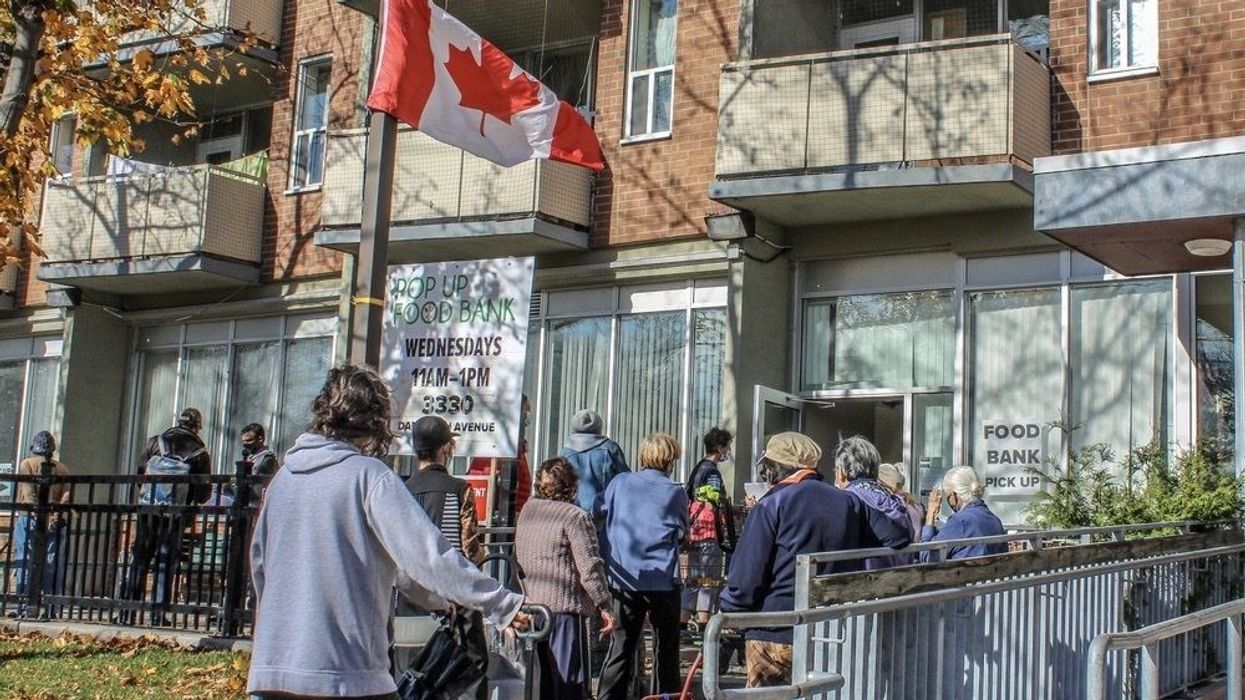Income inequality worsened during the first quarter of the year as the Canadian government ended pandemic-related its benefits, a new report from Statistics Canada found.
The gap in disposable income between households in the top 40% of earners and those in the bottom 40% of earners grew by 0.7% annually. This growing gap, the report says, is largely due to a combination of two factors: income gains and the ending of pandemic-related benefits.
Canadians in the top 20% of earners saw their average disposable income jump up 2% year over year in Q1, reaching $43,355. But for the bottom 20%, any gains in employment income were more than offset by the loss of government benefits. In fact, these Canadians saw their average disposable income fall 7.5% annually to just $6,322.
It's important to note, however, that although the gap is widening, it still remains below pre-pandemic rates.
When pandemic-related government benefits were first introduced during the second quarter of 2020, the share of households with non-pension benefits as their main source of income grew to 15.8%. At the same time, the number of households where their primary income was from wages and salaries dropped to 59%. But when the benefits expired at the end of 2021, those numbers changed significantly, moving closer to pre-pandemic rates. The share of households with mainly non-pension benefits fell to 4.9%, and those with wages and salaries as their main source of income grew to 69.6%.
The ending of government benefits had a much more significant impact on younger age groups, the report says. All households under 65 years of age saw their average wages and salaries increase year over year during Q1, but only those aged 45 to 64 saw their overall disposable income go up. In fact, households with a major income earner under the age of 35 saw their average disposable income drop by $352 compared to the same time last year. Meanwhile disposable income for households with a major earner between 45 and 54 years old increased by $782. Households aged 55 to 64 years increased their disposable income by $282.
It comes as no surprise then that for lower income earners whose earnings were hurt most by the end of the pandemic benefits, their average net savings decreased the most. The biggest drop was seen in the bottom 20-40% of earners, with average net savings falling 95.3% compared to the same time last year. And for the bottom 20% -- a group that tends to struggle more with increases in the cost of goods and services -- their household savings are below the levels seen at the start of the pandemic.
"Based on the latest estimates presented in this release, average wages for vulnerable groups, such as those in lower-income quintiles and younger age groups, tend to be more significantly affected by shifts in economic activity," the report reads. "Over time, vulnerable groups' ability to maintain their average net saving and, by extension, their economic well-being, will largely depend on their ability to secure higher wages in the face of labour shortages and ongoing inflationary pressures."





















